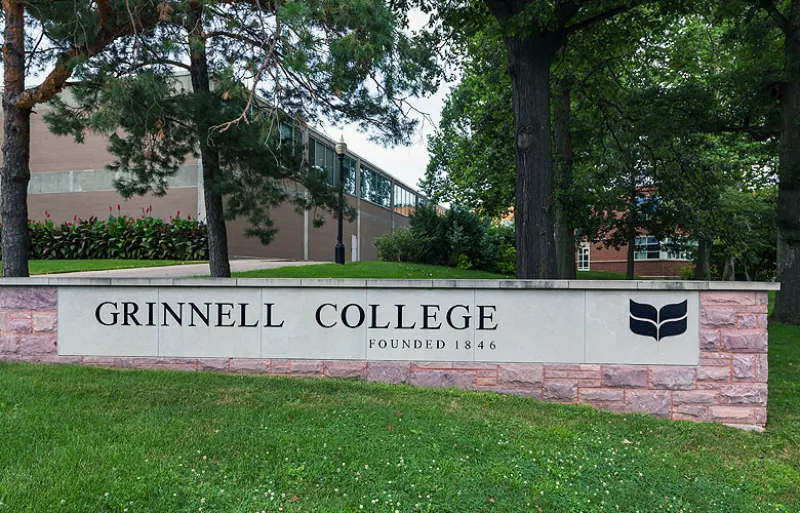U.S. university and college endowment funds have rebounded sharply after back-to-back years of disappointing results, with the top performers returning more than 15 percent, according to the National Association of College and University Business Officers and Commonfund.
The latest annual NACUBO-Commonfund Study of Endowments report shows the average endowment produced investments gains of 12.2 percent after fees for the year ending on June 30, while the top ten percent of funds averaged a return of 15.8 percent. Grinnell College’s nearly $2 billion endowment disclosed on its website that it gained 18.8 percent in fiscal 2017, while Bloomberg has reported that California Institute of Technology’s $2.6 billion fund returned 17.8 percent in the year through June. A spokesperson for Caltech didn’t immediately return a phone call seeking comment.
While NACUBO and asset manager Commonfund list the endowments they evaluated, their report did not break out how they ranked in their performance. Overall, larger endowments outperformed smaller peers, with $1 billion-plus funds returning 12.9 percent after fees. Endowments smaller than $25 million, meanwhile, returned 11.6 percent.
Speaking on a teleconference ahead of the report’s release, Keith Luke, president of Commonfund Securities, attributed the difference in performance to larger funds’ ability to invest more in illiquid asset classes like private equity and venture capital, which can produce higher returns.
Tulane University’s $1.3 billion endowment gained 15.6 percent in fiscal 2017, according to the performance data in its annual report. The $996 million endowment at the University of Arkansas said it returned 15.4 percent during the same year, while the University of California’s $9.8 billion fund reported a 15.1 percent gain.
Still, there were exceptions to the rule that funds with large pools of assets outperform. The largest endowment, Harvard University’s $36 billion fund, gained just 8.1 percent in the fiscal year, which saw new CEO Nirmal (Narv) Narvekar take over halfway through. The portfolio is currently being overhauled as Narvekar revamps the investment office and outsources investments previously managed in-house.
[II Deep Dive: Harvard Endowment’s Rebirth]
Additionally, Yale’s $27 billion endowment, widely considered among the best institutional investors, trailed the average return in the NACUBO-Commonfund Study. Yale announced last year that its fund gained 11.3 percent in fiscal 2017.
Industry returns this year marked a steep improvement from fiscal year 2016, when the average return was a loss of 1.9 percent, according to the study. The year before, college and university funds only returned 2.4 percent on average.
These difficult years, on top of minor losses in 2012 and 2008 and the devastating crash in 2009, equated to a 10-year annualized return of just 4.6 percent, the NACUBO-Commonfund study shows. Meanwhile, endowment spending increased this year to 4.4 percent, as universities continue to leverage more endowment dollars for student aid.
Speaking on the teleconference, John Walda, president and CEO of the National Association of College and University Business Officers, warned that current long-term returns would not be good enough to keep up with schools’ increasing spending needs — particularly in light of a new tax plan that disincentivizes charitable donations and places an excise tax on the largest funds.
“Institutions with endowments remain very dependent on those endowment dollars,” he said. “Below-target long-term rates of returns could in the future make it harder for schools to increase their spending dollars out of endowments.”







